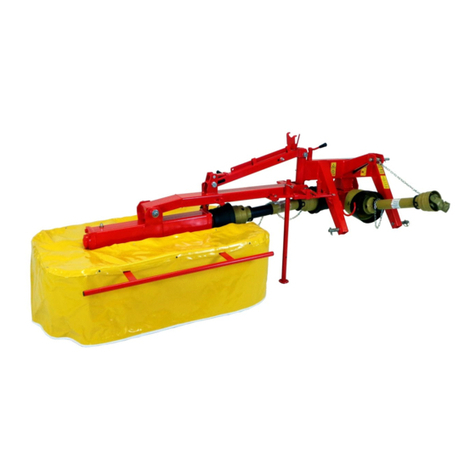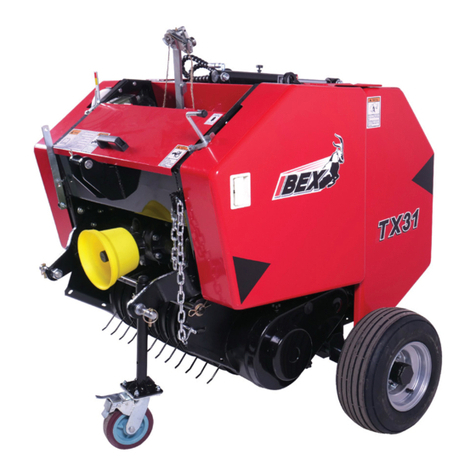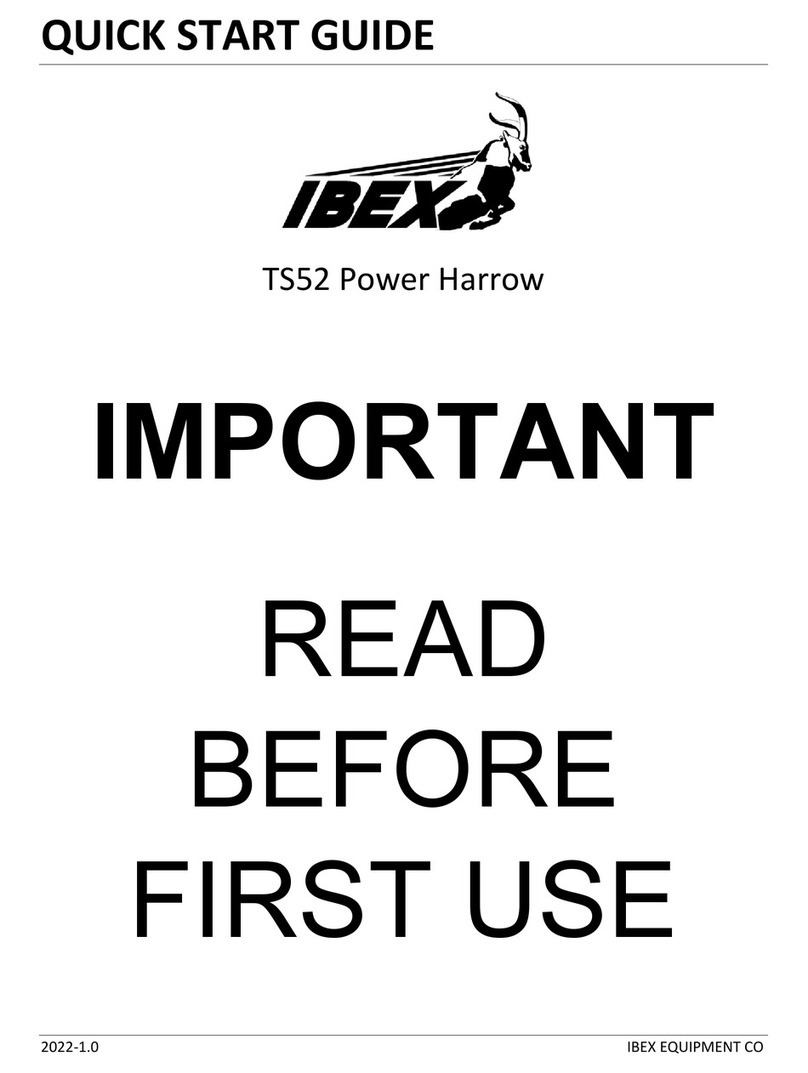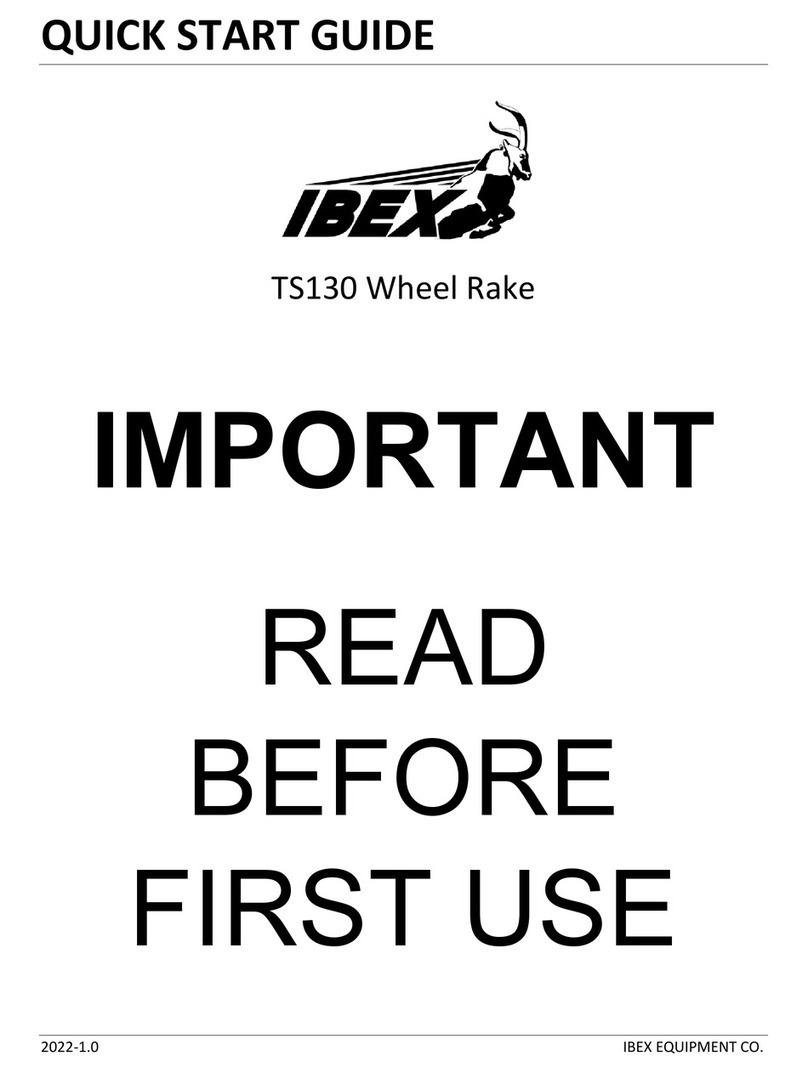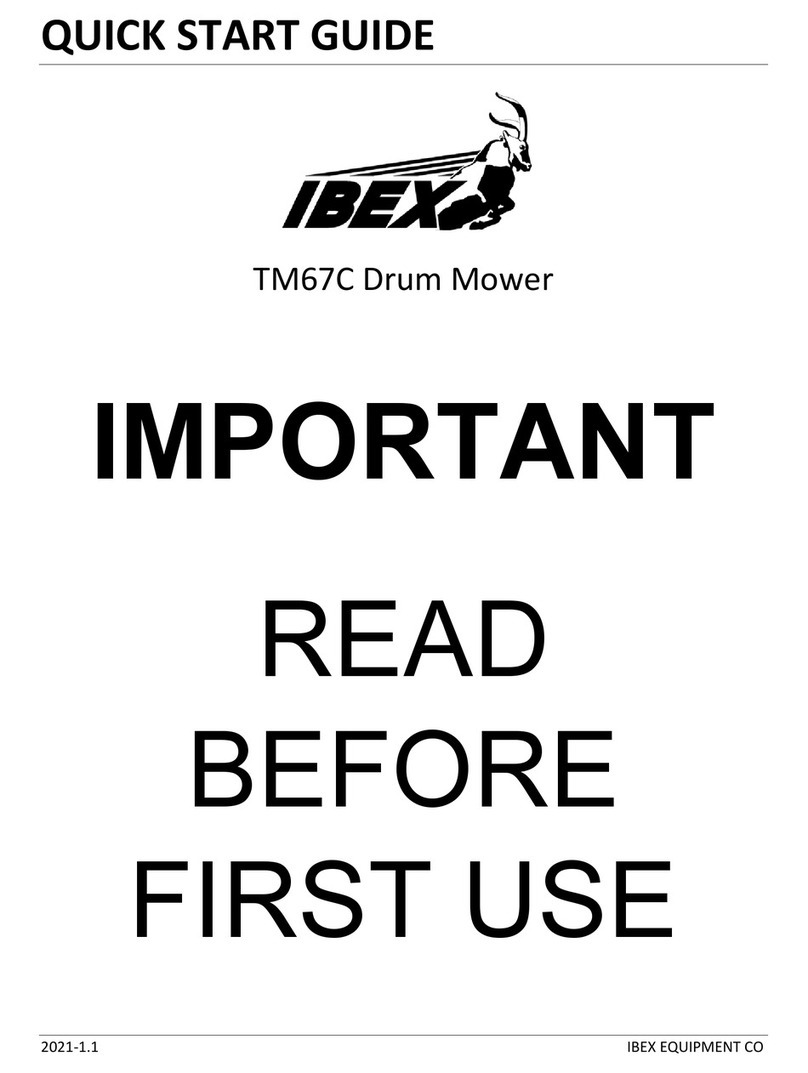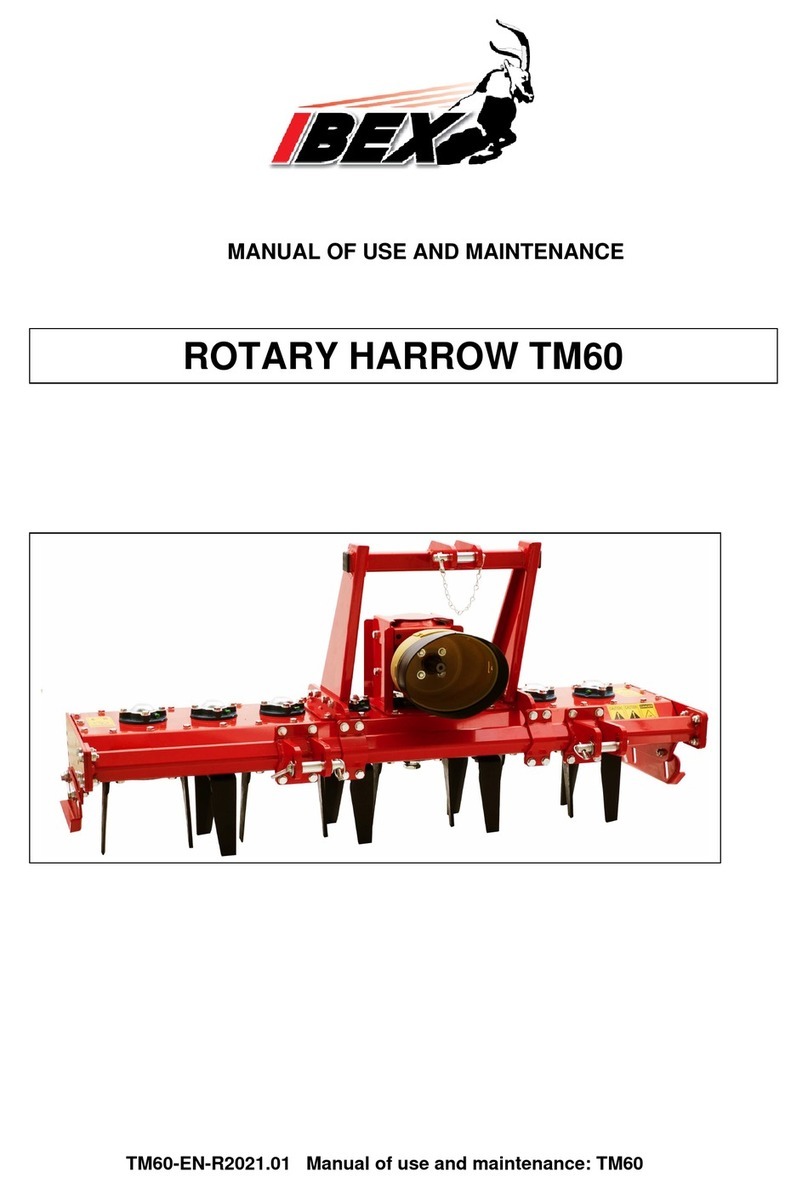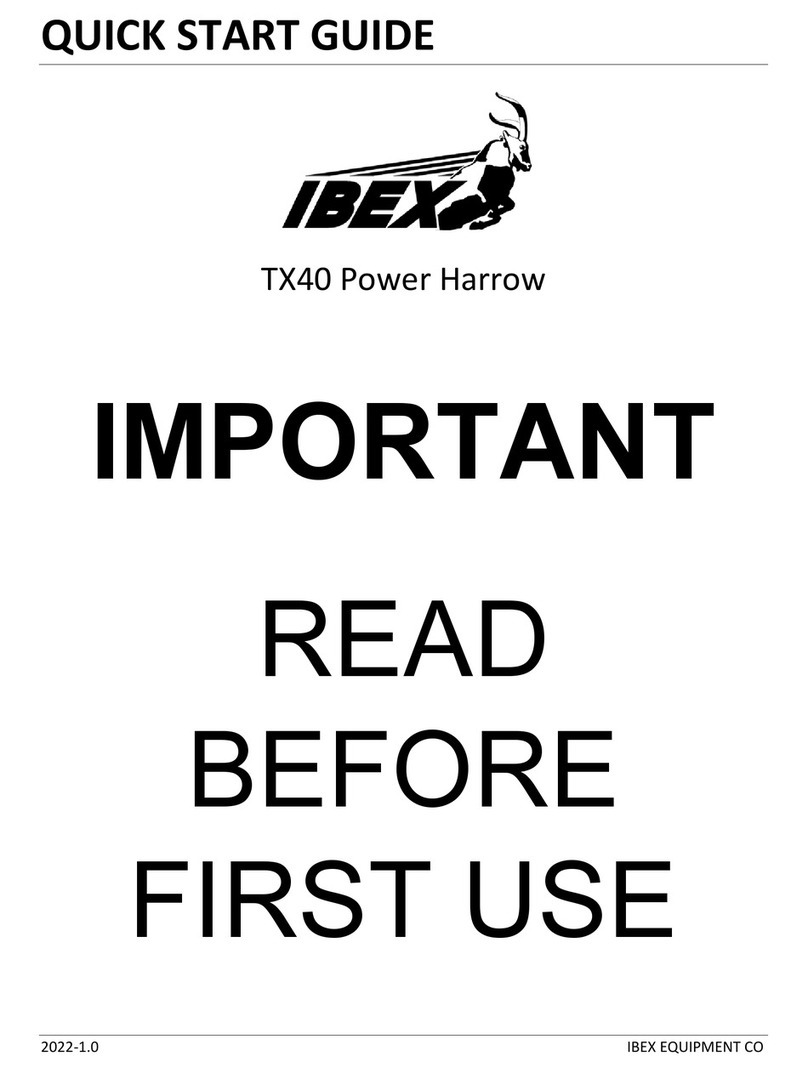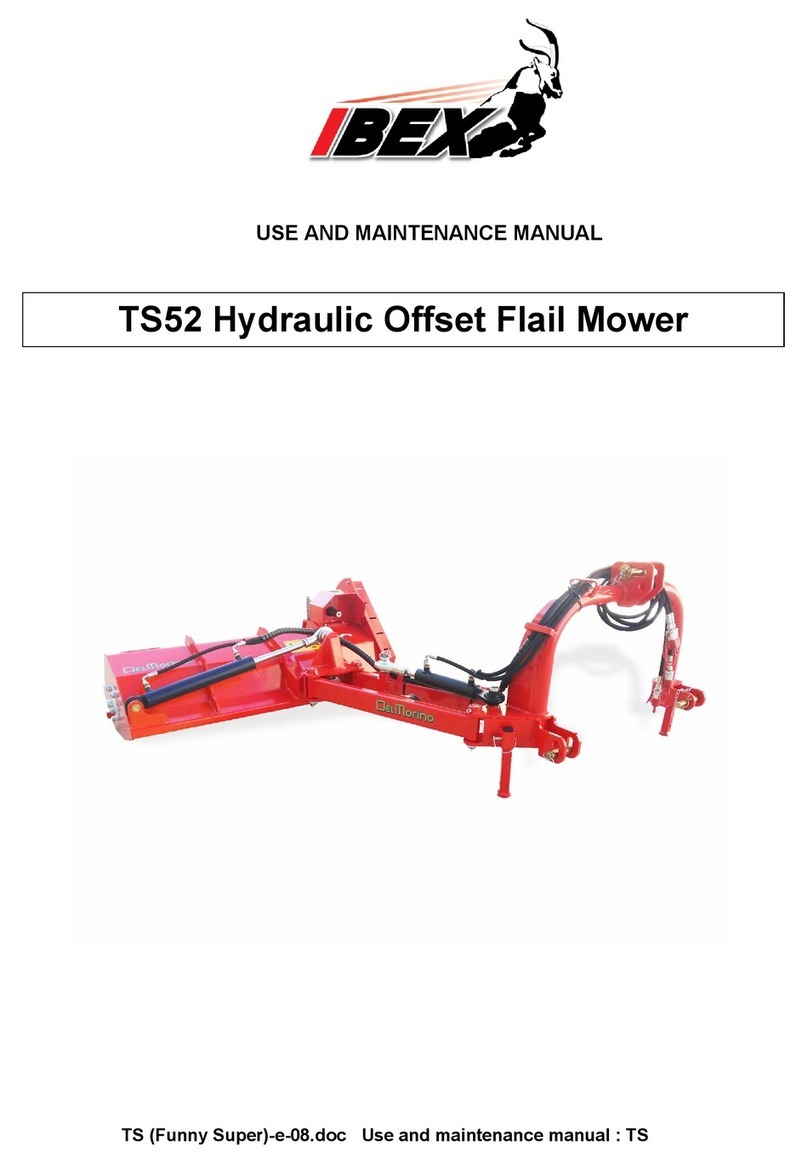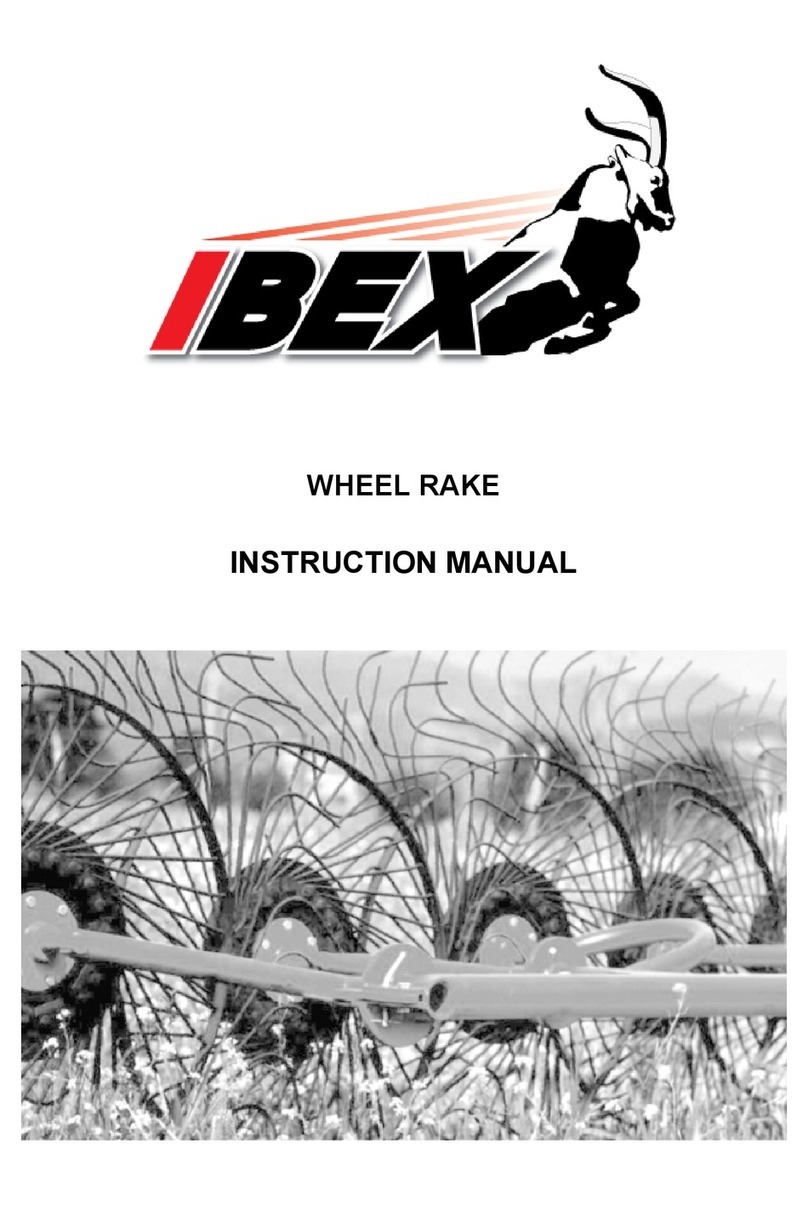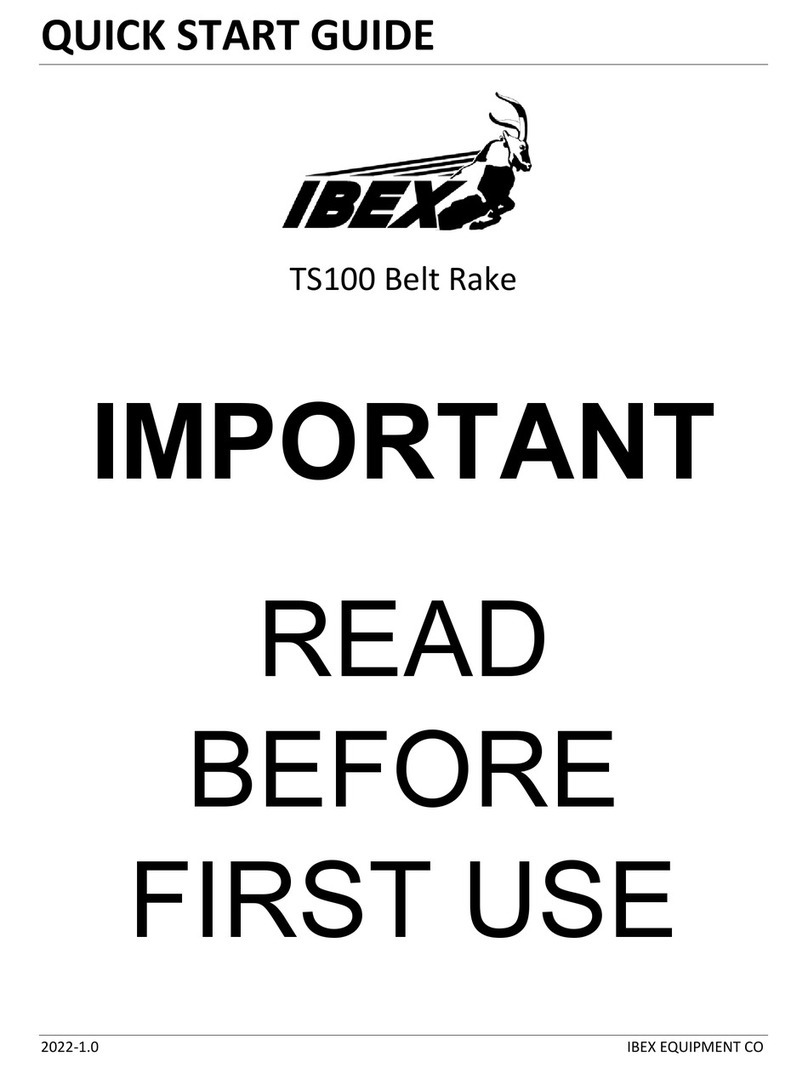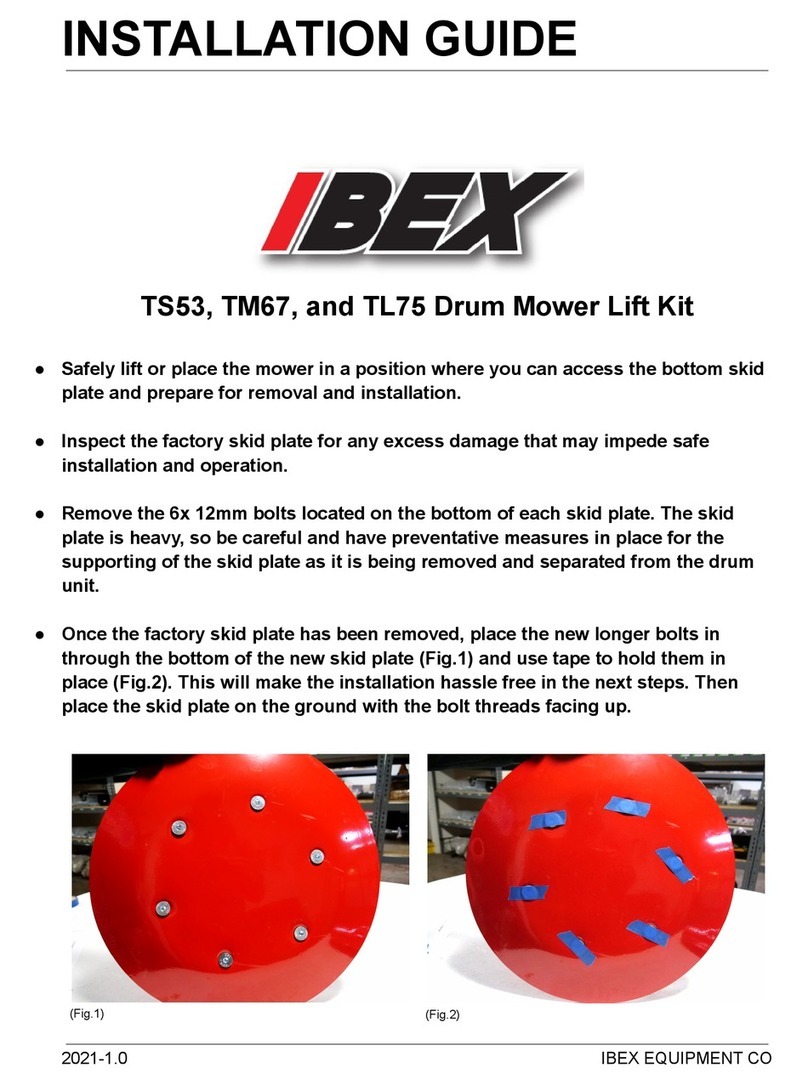
Contents
1Introduction...............................................................................................................................................1
1.1 Conditions of Use .............................................................................................................................1
1.2 Machine Description .........................................................................................................................1
1.2.1 Pickup Lift Lever and Lock Arm ................................................................................................1
1.2.2 Pickup Lower Limit Chain .........................................................................................................1
1.2.3Shear Bolt..................................................................................................................................2
1.2.4 Pickup Drive Chain....................................................................................................................2
1.2.5 Bale Chamber ...........................................................................................................................2
1.2.6 Drive Chains..............................................................................................................................2
1.2.7 Hydraulic Power Pack...............................................................................................................2
1.2.8 Bale Density Control .................................................................................................................2
1.2.9 Full Bale Chamber Alarm..........................................................................................................2
1.2.10 Net Wrap Activation Lever ........................................................................................................2
1.2.11 Net Advancement Pulley, Brake, & Belt ...................................................................................2
1.2.12 Net Roll Tensioner and Tension Springs..................................................................................2
1.2.13 Bale Ejection .............................................................................................................................3
2Operator Safety ........................................................................................................................................6
2.1 Tractor Operation Safety ..................................................................................................................6
2.2 Implement Operation Safety.............................................................................................................6
3Tractor Connection...................................................................................................................................7
3.1 Thread the Net..................................................................................................................................7
3.2 Connect the Baler to the Three-Point Hitch......................................................................................9
3.3 Connect the PTO Shaft.....................................................................................................................9
3.4 Attach the Gate Lift Pull Rope and Net Pull Rope............................................................................9
3.5 Check Full Bale Chamber Alarm ....................................................................................................10
4Operation................................................................................................................................................11
4.1 Operational Adjustments ................................................................................................................11
4.1.1 Adjusting Net Roll Tension......................................................................................................11
4.1.2 Adjusting Pickup Height ..........................................................................................................12
4.1.3Adjusting Number of Wraps per Bale .....................................................................................12
4.1.4 Adjusting Bale Density ............................................................................................................13
4.1.5 Adjusting Tailgate Closing Speed...........................................................................................13
4.2 Operation Procedure ......................................................................................................................14
4.2.1 Initial Setup..............................................................................................................................14
4.2.2 Baling ......................................................................................................................................14
4.2.3 Recommendations for Good Results......................................................................................15
4.2.4 Finishing Work ........................................................................................................................15
5Maintenance...........................................................................................................................................16






